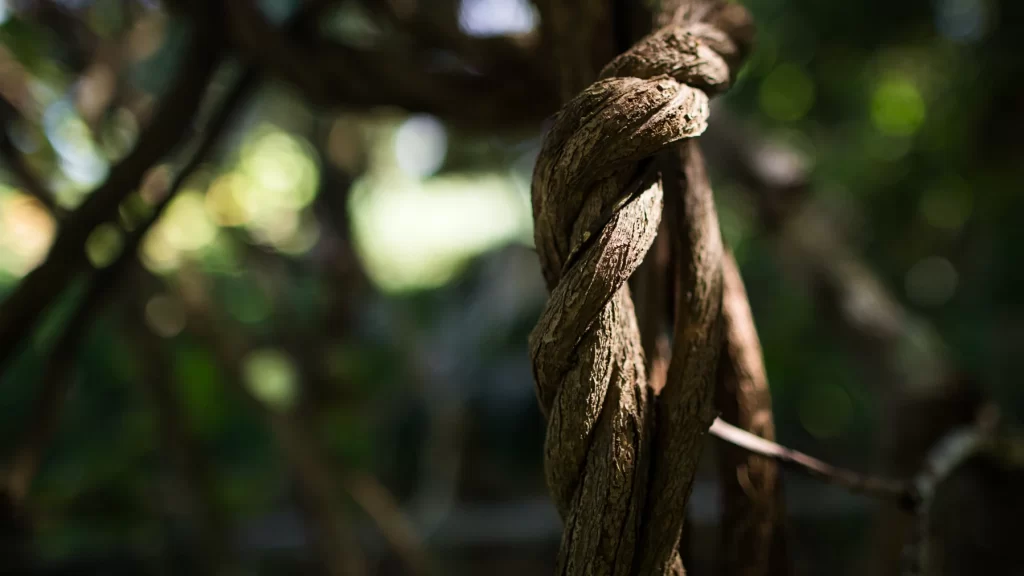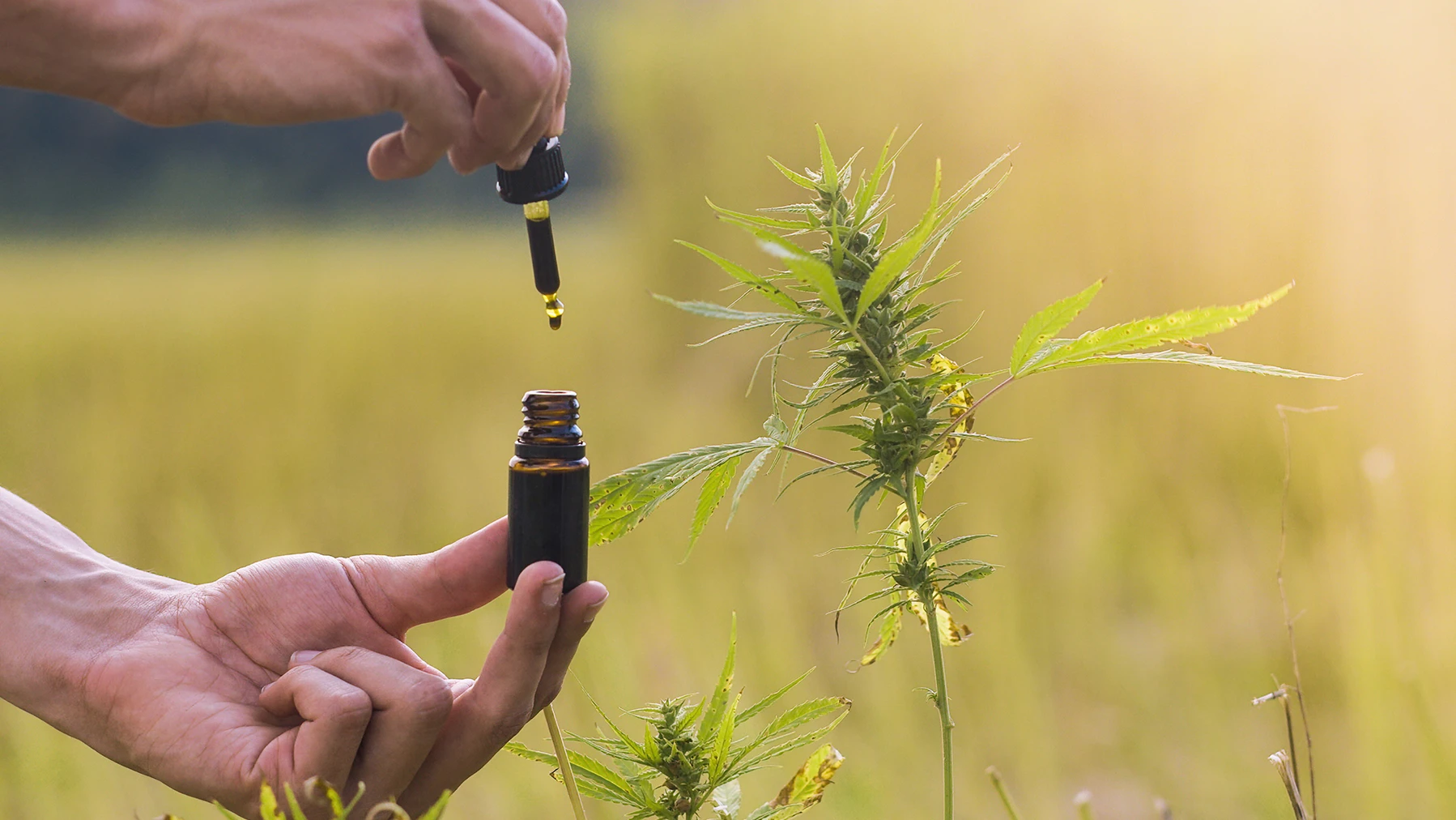Psychedelics are substances that alter perception, mood and various cognitive functions. Although only recently their therapeutic potential has been discussed in the mainstream, they have a long history stretching across cultures and civilisations. From ancient rituals to modern medical use, psychedelics have played a significant role in human society. In this article we will explore how psychedelics have been used cross-culturally across various civilisations.

Historical Use of Psychedelics
Psychedelics have been used for thousands of years by a variety of cultures. They have been integral for spiritual and religious ceremonies with a strong association to the insights, healing and connection to the divine.
Psychedelics in the Americas
Indigenous communities such as the Aztecs and Mayans used psilocybin mushrooms in their religious ceremonies. The Aztecs referred to them as teonanácatl, meaning “flesh of the gods”.
The peyote, cactus containing the psychedelic compound mescaline was also documented among Native American tribes dating back at least 5,000 years. Still today, the Native American Church continues to use peyote in their ceremonies viewing it as a means to attaining spiritual communion and healing.
Psychedelics in Africa
Iboga, a plant native to the rainforests of Gabon, Cameroon and Republic of Congo has been part of Bwiti religious ceremonies for centuries. Ibogaine, the active compound in iboga, is ingested during these rituals to induce deep introspective states and facilitate spiritual healing and guidance.
Europe and the Middle East
Greek and Roman cultures also have a history of psychedelic use. The Eleusinian Mysteries were religious rites held annually in Ancient Greece and involved the consumption of a drink called kykeon. The drink was believed to contain ergot, a fungus that grows on rye and is a natural source of LSD.
In the Middle East, there are indications that the sacred drink haoma, used in Zoroastrian rituals, contained psychoactive properties, possibly derived from the Ephedra plant. Haoma was believed to bestow health, wisdom, and spiritual enlightenment.
Medical Use of Psychedelics in Ancient Civilisations
Aside from spiritual uses of psychedelics, ancient cultures have used these compounds for medicinal purposes for physical and psychological ailments.
Traditional Chinese Medicine
In ancient China, the plant Artemisia absinthium, known as wormwood, was used for its psychoactive properties. Wormwood’s active ingredient, thujone, can induce altered states of consciousness. It was used in traditional Chinese medicine to treat a variety of ailments, including digestive issues and pain.
Amazonian Tribes
The indigenous tribes of the Amazon rainforest have long used ayahuasca, a brew made from the Banisteriopsis caapi vine and other plants containing DMT (dimethyltryptamine). Ayahuasca ceremonies, guided by shamans, are aimed at healing the mind and body. The brew is believed to allow access to spiritual realms, providing insights and guidance that are crucial for healing psychological trauma and physical illnesses.
Ancient Egypt
In ancient Egypt, the blue lotus flower (Nymphaea caerulea) was revered for its psychoactive properties. The blue lotus was often depicted in art and used in various religious ceremonies. It was believed to have both euphoric and medicinal effects, helping with anxiety, insomnia, and improving circulation.
Milestones in Modern History for Psychedelics
There have been several significant moments in history which reflect changing perceptions and understandings of psychedelics in modern society.
The Discovery of LSD
In the early 20th century, Western scientists began exploring psychedelics more in depth. In 1943 the Swiss chemist Albert Hofmann accidentally discovered the psychoactive properties of LSD (lysergic acid diethylamide) while researching ergot derivatives. His subsequent experiments and personal experiences with LSD sparked widespread scientific and public interest in Western mainstream culture.
The Psychedelic 1960s
The 1960s marked the height of the psychedelic era in Western culture. Psychedelics like LSD and psilocybin became symbols of the counterculture movement, promoting ideals of peace, love, and expanded consciousness. Prominent figures such as Timothy Leary and Aldous Huxley advocated for the therapeutic and spiritual benefits of psychedelics. However, the widespread recreational use of these substances also led to a backlash and their eventual criminalisation.
The Psychedelic Renaissance
The late 20th and early 21st centuries have seen a resurgence of interest in the potential benefits of psychedelics, often referred to as the “Psychedelic Renaissance.” Research institutions and clinical studies have begun to explore the therapeutic potential of psychedelics for conditions such as depression, PTSD, and anxiety. In 2019, the FDA granted “breakthrough therapy” designation to psilocybin for its potential to treat major depressive disorder, highlighting the growing acceptance of psychedelics in mainstream medicine.
Decriminalisation and Legalisation
Recent years have also seen significant strides in the decriminalization and legalization of psychedelics. In 2020, Oregon became the first U.S. state to legalise psilocybin for therapeutic use. Other cities and states have followed suit, decriminalizing or legalizing the use of various psychedelics for medical or recreational purposes.
Interested in expanding your understanding of psychedelics? How Plantific can help
The historical and cultural significance of psychedelics over the course of history is vast. At Plantific our Introduction to the Science of Psychedelics course provides an overview on the history, science and ethics of psychedelics.
Our course can provide you with all of the necessary knowledge to effectively navigate the complex galaxy of psychedelic medicines. The Introduction to the Science of Psychedelics course offers you a competitive edge in preparation for the challenges and opportunities in this rapidly-evolving field. Broadly speaking, the course focuses on the following concepts:
- Historical summary
- Substance overview
- Medical applications
- Clinical practice
- Research
- Ethics and bio-cultural sustainability
If you are interested in learning more about how Plantific can help you on your Psychedelic knowledge journey, explore the various courses we offer.


